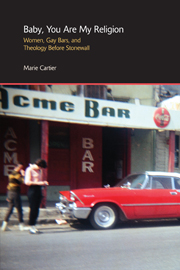Book contents
7 - Historical antecedents
from Part II - Theological history and contexts
Summary
QUAKERS AND FRIENDS
The language of “thee” has strong roots in various religious traditions, and I drew on these roots especially as they related to the Quakers and to Martin Buber's concepts of thee.
“Thee” is the objective case of thou, and is rarely used today except in contemporary wedding rituals, as in, “With this ring, I thee wed.” However, thee is today in general usage by the Quaker Society of Friends. Quakers emerged as a Christian denomination in England during a period of religious turmoil in mid-1600, and Quakerism is practiced today in a variety of forms around the world. Friends (or Quakers) are involved in movements for pacifism, social equality, and simplicity, and, like many indigenous religions, Friends include care of the planet as their mission.
Quakers do not have an official creed, nor do they believe access to God must be mediated by a hierarchal figure. Quakers have “meetings” and there is no officiating central figure. When an individual Friend feels moved to witness—share the word of God speaking through him or her—they stand and do so. The Quaker definition of “Friend” is the other person in religious community, with whom one is in community. In Quaker praxis there is no official intermediary that hears the word of God and passes it back to the congregation.
- Type
- Chapter
- Information
- Baby, You Are My ReligionWomen, Gay Bars, and Theology Before Stonewall, pp. 158 - 163Publisher: Acumen PublishingPrint publication year: 2013



